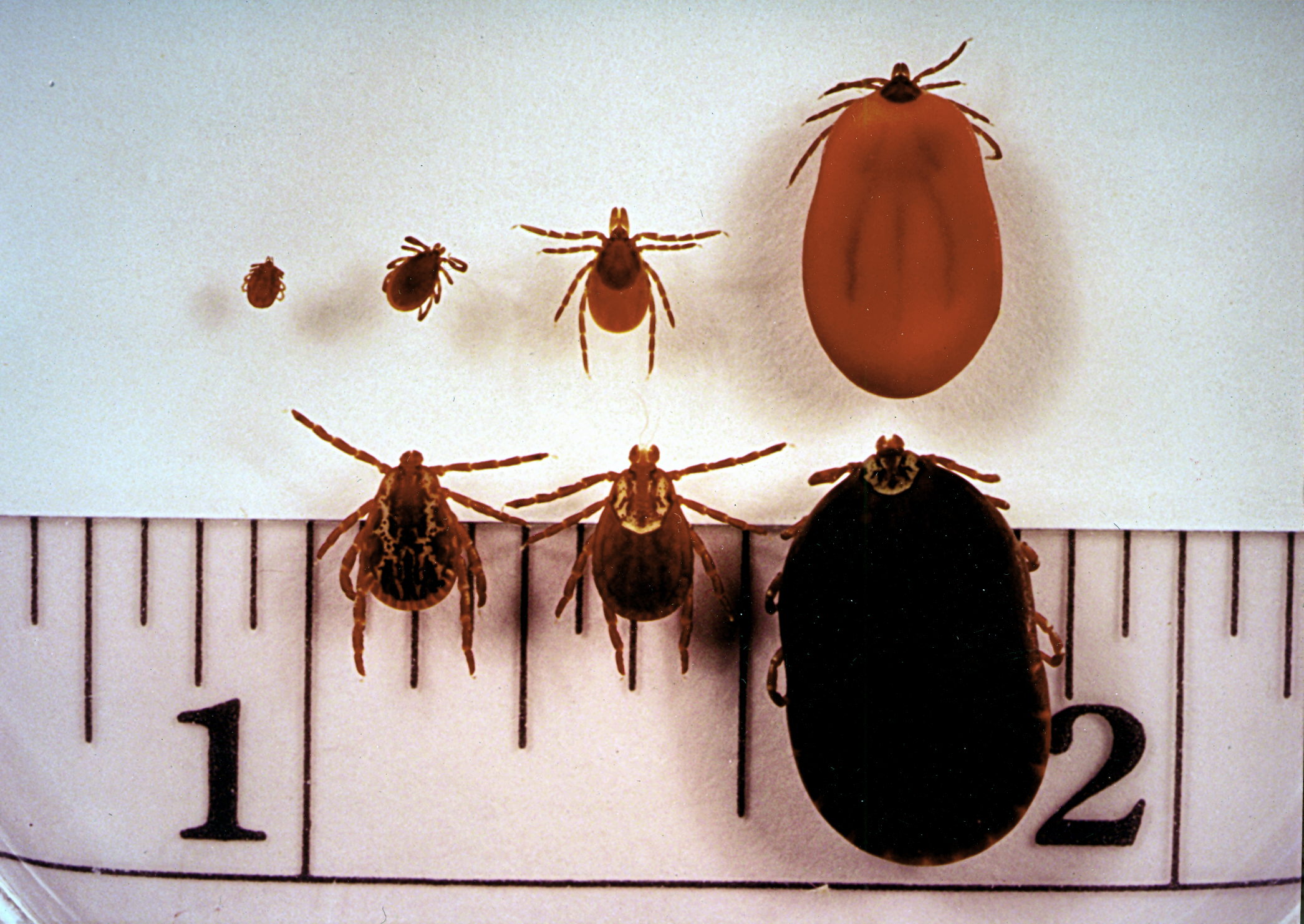Avril Lavigne and Lyme Disease: Your Questions Answered
Lavigne is one of 300,000 Americans diagnosed with Lyme each year.
— -- Singer Avril Lavigne revealed in the latest issue of People that she has been diagnosed with Lyme disease, which has left her bedridden and at times unable to talk -- or even move -- for more than five months.
Lyme disease is caused by the bacterium borrelia burgdorferi and transmitted to humans through the bite of infected blacklegged ticks, according to the Centers for Disease Control and Prevention.
Some 30,000 Americans are diagnosed with Lyme disease each year, according to the CDC.
Lavigne's revelation about her illness stirs up all sorts of questions about Lyme. Dr. Richard Besser, ABC News chief medical editor appeared on Good Morning America earlier today and took to social media to field questions about this tick-borne illness. Here are the highlights.
How long does it take for the tick to transmit the disease?
"You think it bites you and you get the infection but actually you have about 36 hours from the time of the bite to remove it before you get sick,” Besser said.
But it’s not always easy to find a tick, Besser noted. A dog tick is about the size of a sunflower seed, an adult deer tick about the size of a sesame seed, and a baby deer tick about the size of a poppy seed.

If you’re spending time outdoors in warmer weather protect yourself by wearing long sleeves and pants and spraying your body and clothing with a bug repellent that is 20 percent of the chemical DEET. Shower and do a thorough tick check on both you and your pets, Besser advised.
What are the tests for Lyme disease?
Lyme is usually diagnosed with blood tests, which the CDC doesn’t recommend getting unless you have clear symptoms. It’s important to avoid misdiagnosis and treatment when it’s possible that the true cause of the illness could be something else, the agency cautioned.
“We definitely need better tests for Lyme disease,” Besser said.
Does everyone with Lyme get the bull’s-eye rash?
"You’ll see the rash in 80 percent of people who get Lyme and then it gets larger,” Besser said, adding that you have about a month after the rash appears to take antibiotics and avoid some of the more persistent symptoms.
But not all Bull’s-eye rashes are a sign of Lyme, Besser noted. They also appear with other infections such as southern tick associated rash illness, or STARI.
Is there such a thing as “post-treatment Lyme disease”?
“According to the CDC, 10 to 20 percent of people who are treated early may get post-treatment Lyme disease,” Besser said.
After a 2 to 4 week course of antibiotics, people with the condition still have lingering Lyme symptoms including fatigue, pain, and muscle aches. Symptoms can last for 6 months or more, the agency said.
The CDC goes on to say that “chronic Lyme disease” is sometimes used to describe symptoms in people who have no evidence of a current or past Lyme infection but the agency prefers to avoid this term because there isn’t enough evidence to support it as a true scientific diagnosis.
Editor’s note: A previous version of this story stated that Lavigne is one of 30,000 Americans diagnosed with Lyme disease each year. Lavigne is actually a Canadian.




